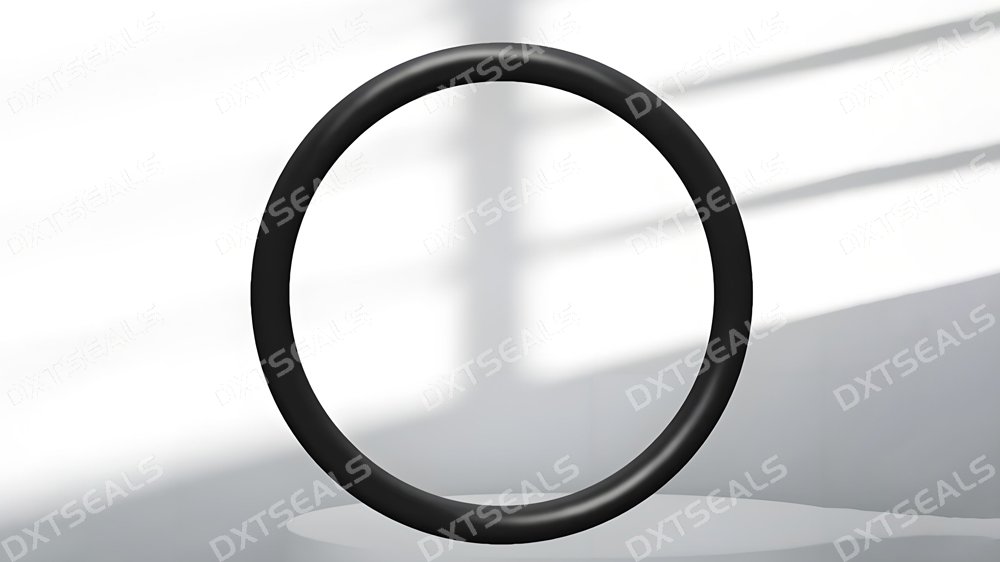
When selecting a sealing material, one of the most important properties to consider is compression set. Compression set describes a material’s tendency to lose its elasticity and fail to return to its original shape after prolonged compression. A lower compression set means better long-term sealing performance and durability.
In this article, DXTSEALS analyzes the compression set characteristics of common rubber materials, helping you select the most durable option for your application.
1. What Is Compression Set and Why Does It Matter?
Compression set is measured as the percentage of deformation a rubber material retains after being compressed for a certain time under specific temperature conditions.
-
Low compression set: Rubber regains its shape, ensuring a long-lasting seal.
-
High compression set: Rubber remains deformed, leading to leakage, failure, or frequent replacement.
✅ DXTSEALS Tip: Always choose materials with a low compression set for applications requiring long-term sealing stability.
2. Compression Set Performance of Common Rubbers
-
NBR (Nitrile Rubber)
-
Good oil resistance, widely used in hydraulic and automotive seals.
-
Moderate compression set, especially under high temperatures.
-
Best suited for general applications with moderate conditions.
-
-
FKM (Fluorocarbon Rubber, Viton®)
-
Excellent chemical and high-temperature resistance.
-
Low compression set, maintaining elasticity over long service cycles.
-
Ideal for demanding environments like chemical plants and oil & gas.
-
-
EPDM (Ethylene Propylene Diene Rubber)
-
Excellent resistance to steam, water, and weathering.
-
Moderate to low compression set, depending on grade.
-
Widely used in automotive cooling systems and outdoor applications.
-
-
VMQ (Silicone Rubber)
-
Outstanding high- and low-temperature flexibility.
-
Higher compression set compared to FKM and EPDM.
-
Suitable for applications requiring temperature extremes, but may need more frequent replacement.
-
3. Factors That Influence Compression Set
-
Temperature: High heat accelerates permanent deformation.
-
Compression Duration: Longer compression leads to higher set values.
-
Medium Exposure: Oils, fuels, and chemicals can degrade certain rubbers.
-
Material Quality: High-grade formulations (such as those provided by DXTSEALS) ensure better resilience.
4. Choosing the Right Material for Durability
-
For oil resistance with moderate cost → NBR
-
For high durability in extreme environments → FKM
-
For water, steam, and outdoor exposure → EPDM
-
For very high or low temperature tolerance → VMQ
✅ DXTSEALS Recommendation: Always match material selection with operating medium, temperature range, and required service life.
5. Conclusion
Compression set is a key factor in determining how long a seal will last without failure. By comparing NBR, FKM, EPDM, and VMQ, engineers can select the most suitable sealing material for their application.
At DXTSEALS, we provide high-quality rubber sealing solutions with optimized compression set performance, ensuring long-term reliability and reduced maintenance costs.
📩 Contact DXTSEALS to discuss which sealing material best meets your requirements.
